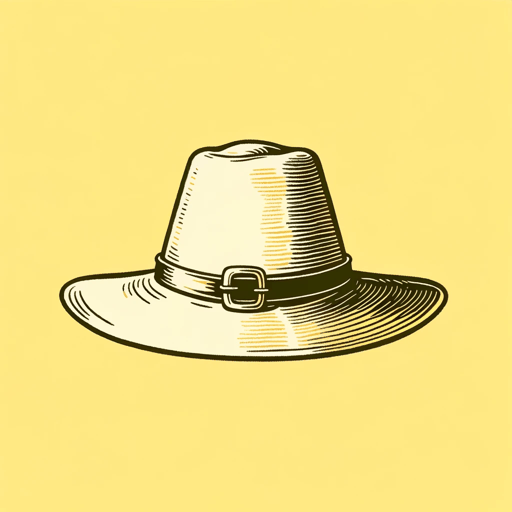56 pages • 1 hour read
Geoffrey ChaucerThe Canterbury Tales
Fiction | Novel/Book in Verse | Adult | Published in 1400A modern alternative to SparkNotes and CliffsNotes, SuperSummary offers high-quality Study Guides with detailed chapter summaries and analysis of major themes, characters, and more.
Symbols & Motifs
Pilgrimage
All through The Canterbury Tales, the storytellers are on the move. They’re making a journey to the famous shrine of St. Thomas Becket—a near-contemporary saint to Chaucer’s pilgrims, only as far in time from them as Benjamin Franklin is from now. This was a common pilgrimage, one that people make as a matter of course “When in April the sweet showers fall,” but it also sets up many of the book’s questions about virtue, the role of religion in daily life, and the value of principles (3). Becket, martyred for refusing to allow the state to exert power over the church, was also a complicated and controversial figure; some argue it was likely power hunger over piety that motivated his resistance.
The pilgrims’ journey to Becket’s shrine—a step-by-step adventure, in the company of a cheerfully motley crew—thus symbolizes the journey of life itself. Together, the pilgrims are travelling toward a holy place, but holiness is as complicated and as human as it is divine.
Spring
It’s not just spring in the frame narrative of The Canterbury Tales, but in many of the stories themselves. Memorably, in the “Squire’s Tale,” a maiden out for a morning stroll takes in “the season and the dawn-light springing/And noise of all the birds in heaven singing,/For instantly she knew what they were saying/And understood the meaning in their maying” (399).
Related Titles
By Geoffrey Chaucer
Featured Collections
British Literature
View Collection
Marriage
View Collection
Medieval Literature / Middle Ages
View Collection
Novels & Books in Verse
View Collection
Pride Month Reads
View Collection
Required Reading Lists
View Collection
Satire
View Collection
Valentine's Day Reads: The Theme of Love
View Collection


